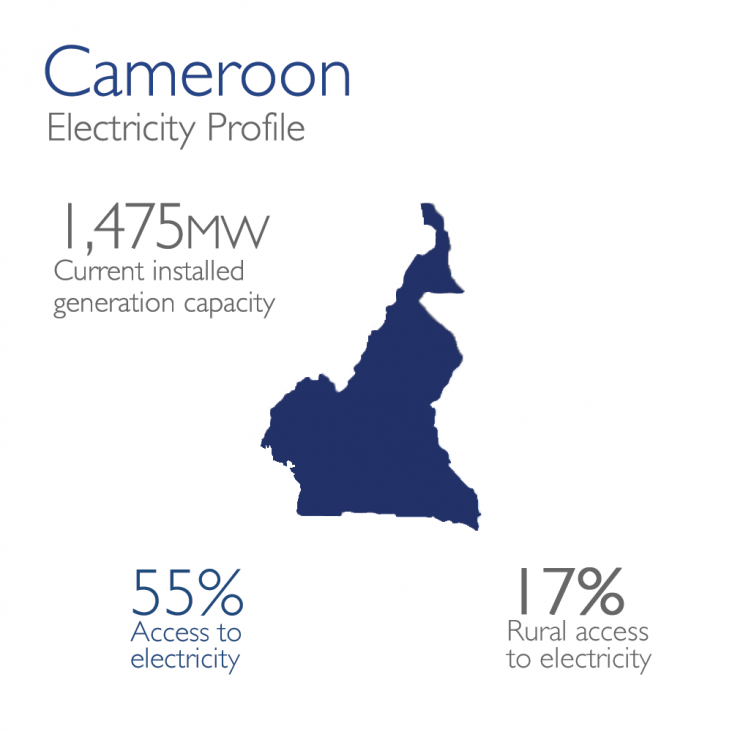- Where We Work
- Interactive Map
- Afghanistan and Pakistan
- Africa
- African Union
- Power Africa
- About Us
- How We Work
- Partners
- News & Information
- Power Africa Toolbox
- Where We Work
- Angola
- Benin
- Botswana
- Burkina Faso
- Burundi
- Cameroon
- Chad
- Côte d`Ivoire
- Democratic Republic of the Congo
- Djibouti
- Eritrea
- Ethiopia
- Gabon
- Gambia
- Ghana
- Guinea
- Guinea Bissau
- Kenya
- Lesotho
- Liberia
- Madagascar
- Malawi
- Mali
- Mauritania
- Mozambique
- Namibia
- Niger
- Nigeria
- Republic of Congo
- Rwanda
- Senegal
- Sierra Leone
- South Africa
- South Sudan
- Swaziland
- Tanzania
- Togo
- Uganda
- Zambia
- Trade and Investment Engagement
- Angola
- Benin
- Botswana
- Burkina Faso
- Burundi
- Cameroon
- Central Africa Regional
- Central African Republic
- Chad
- Côte d'Ivoire
- Democratic Republic of the Congo
- Djibouti
- East Africa Regional
- Ethiopia
- Ghana
- Guinea
- Kenya
- Lesotho
- Liberia
- Madagascar
- Malawi
- Mali
- Mauritania
- Mozambique
- Namibia
- Niger
- Nigeria
- Republic of the Congo
- Rwanda
- Sahel Regional
- Senegal
- Sierra Leone
- Somalia
- South Africa
- South Sudan
- Southern Africa Regional
- Sudan
- Swaziland
- Tanzania
- Uganda
- West Africa Regional
- Zambia
- Zimbabwe
- Asia
- Europe and Eurasia
- Latin America and the Caribbean
- Middle East
- Mission Directory
Cameroon
POWER AFRICA FACT SHEET

Cameroon has the second most abundant hydropower potential on the continent, and two-thirds of its on-grid installed capacity is powered by hydropower (yet the country is currently harnessing only 5% of its enormous hydropower resources). The remaining on-grid electricity is supplied by thermal power plants. There are plans to install an additional 720 MW of hydropower capacity by 2020, and the government is working on implementing measures to facilitate the introduction of energy efficiency and off-grid renewable energy investments. Cameroon is already taking the necessary steps to improve energy markets: over the last several years, the government has reduced subsidies for kerosene and gas, and has implemented the Rural Electrification Board. The government plans to increase electrification rates by 2030 through grid densification and extension, and through the development of diesel and hydro mini-grids under the newly established long-term Energy Sector Development Plan and the Rural Electrification Master Plan. Although Cameroon has a relatively high national electrification rate (55%), just 17% of the country’s rural regions are electrified, while urban electrification rates are 88%.
Sources:
- IEA, World Energy Outlook 2015
- Country Power Market Brief: Cameroon, Africa-EU Energy Partnership, Alliance for Rural Electrification
- http://ruralelec.org/







Comment
Make a general inquiry or suggest an improvement.